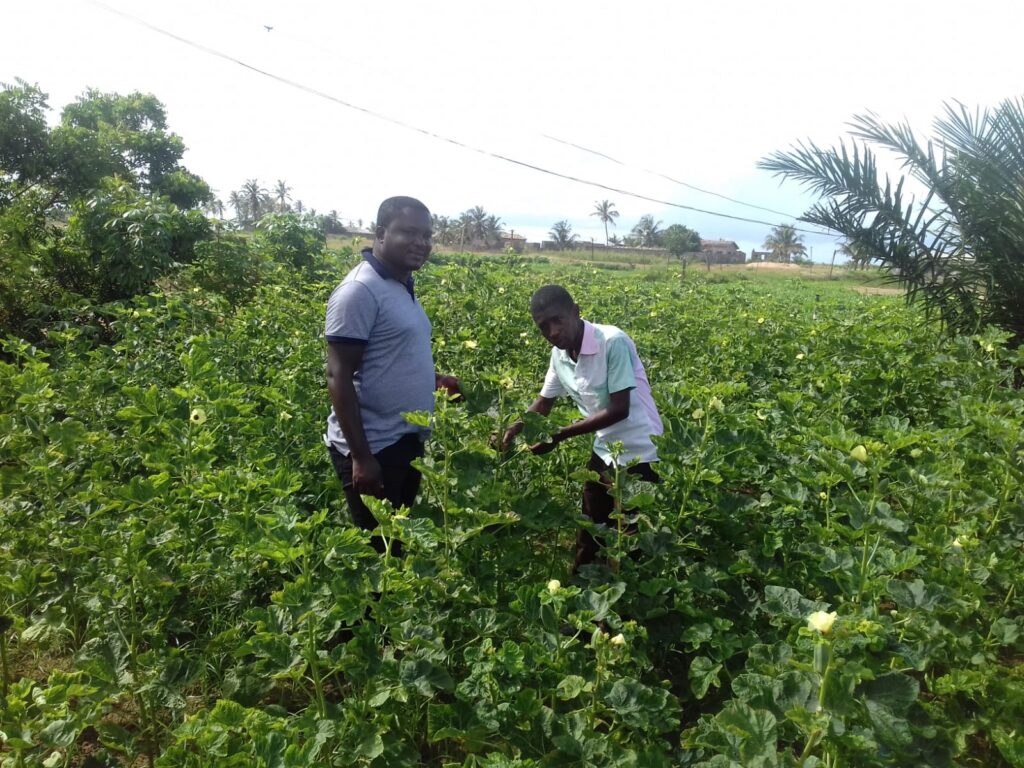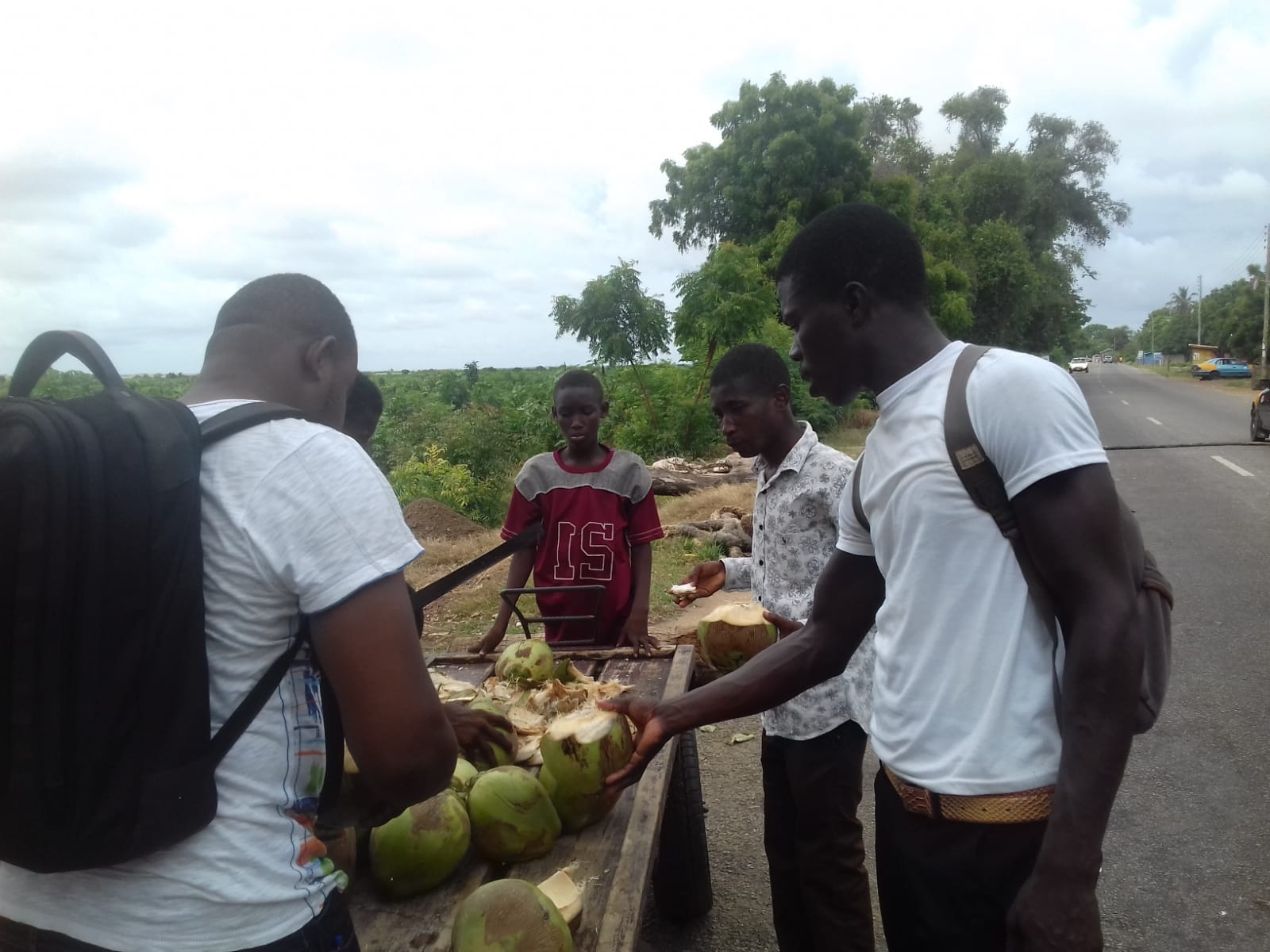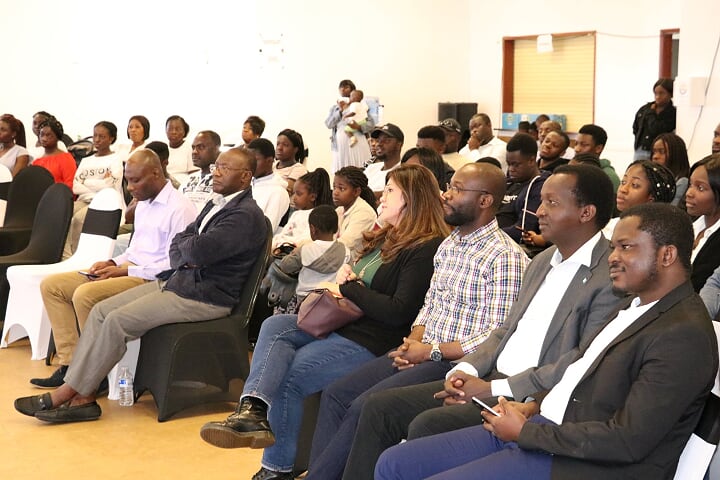Intra-regional migration in search of better economic opportunities is a key defining feature of youth livelihoods in West Africa, as individuals move to improve their socio-economic status, learn new skills and engage in trading activities. In a recent research on migration within the West Africa sub-Region, we examined the motives for moving, and the opportunities and challenges associated with young people’s migration and livelihoods as well as the supportive role of social networks. Our key finding is that many young people are on the move and utilise migration as a livelihood construction strategy.

Our research suggests that young peoples’
movement, and their ability to enter the world of work mainly in the informal
sector is facilitated by their own agency and financial assistance from friends
and families. Issues of uncertain nature of work, difficult relationship and
exploitation by employers and the general population, as well as low and
irregular income are key defining features of livelihoods of young West African
migrants who find their livelihood in informal sector. These difficulties are part
of everyday livelihood construction efforts and sometimes contribute to the
inability of some young migrants to meet their basic needs.
Our research uncovered how social networks strengthen young migrants’ agency through the provision of financial resources that allow them to navigate hardships. However, exploitative practices are also inherent within these networks. Social networks became a sight for exploitation of younger migrants who reported their inability to retrieve their meagre savings from rotational saving group leaders who are part of young peoples’ networks. In contrast many young migrants also reported their ability to work, save and acquire a range of assets including consumption needs, clothing, footwear, residential plots, and provision of support for the education of younger siblings back home.

Overall while the process of migration entails inherent risks, many young people within the sub-Region see it as a means to improve upon their socio-economic lives especially in the context of limited economic opportunities in the sending regions for young people to take advantage of and realise their imagined futures. The implication for policy will be make migration safer for young people. But how can such a goal be realised???
Note: This work was supported by the Smut Memorial Fund, managed by the University of Cambridge in memory of Jan Christiaan Smuts
Authur, Thomas Yeboah, BIRD KNUST


